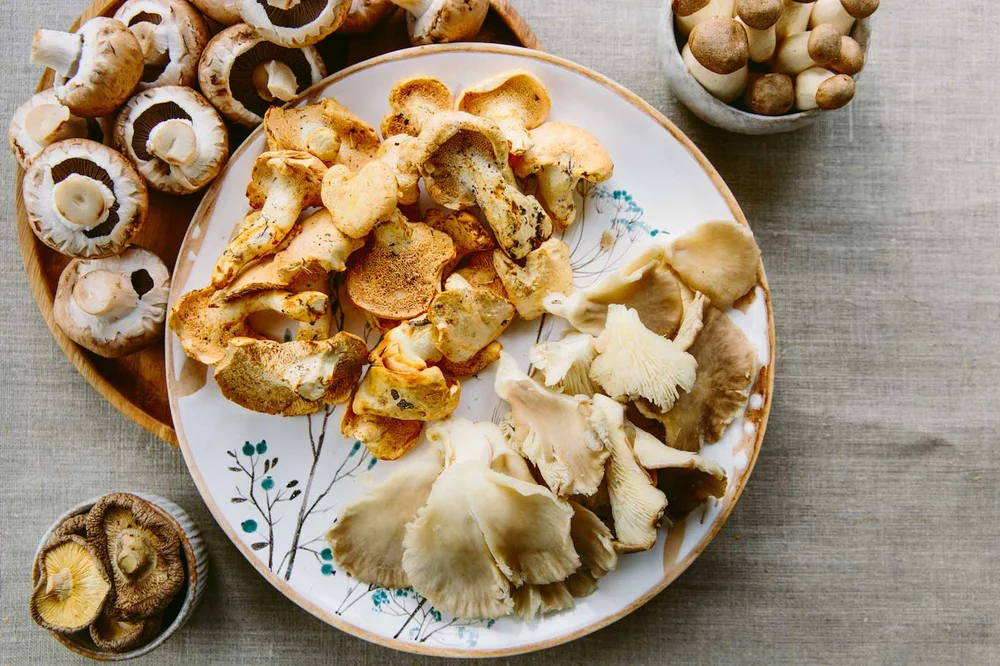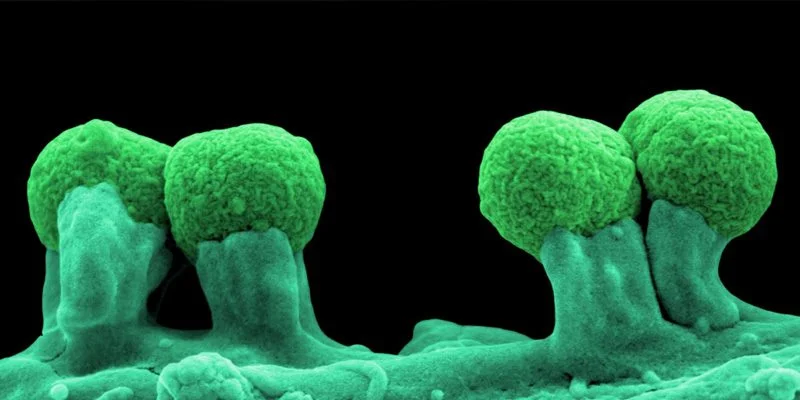N-acetyl-cysteine : The Natural Supplement
It’s official—the holiday season has arrived! Yet, for those who suffer from food addiction, ‘tis the season to be on alert. Food triggers are everywhere, often rooted in childhood memories or traditions that come with strong emotional ties. The intense, rich, high-fat and sugary foods of the holidays have the potential to unleash addictive eating. While sticking with brain healthy foods during this time is critical, taking a nutritional supplement that helps support healthy craving levels in the brain could make the difference between failure and success.
In fact, food cravings are more powerful than once thought. Over the past two decades, research has uncovered that it is possible to be dependent on food in the same way it is possible to be dependent on drugs or alcohol. Eating foods high in fat and sugar has been documented to release the same pleasurable chemical — the neurotransmitter dopamine — as using heroin, cocaine, nicotine, and alcohol!
This indicates that substances that have been shown to reduce cravings for drugs and alcohol may also reduce cravings for food.
But there is an amazing natural supplement that can help take the edge off cravings: N-acetyl-cytsteine (NAC).
NAC is an amino acid that is needed to produce glutathione, which is a very powerful antioxidant. NAC binds to and removes dangerous toxic elements within the cells, making it a molecule critical to brain health. The typical adult serving for NAC is 600 to 1,200 mg twice a day to support healthy craving levels.
NAC Combination Formulas
You’ll find that NAC formulas are frequently combined with additional craving-curbing ingredients. These types of formulas are terrific. Look for NAC combination formulas that include either or both of these winning ingredients:
- L-glutamine. An amino acid that has been shown to stabilize blood sugar and increase insulin levels and action. The typical recommended adult dosage for healthy craving support is 500 to 1,000 mg a day.
- Chromium (or chromium picolinate). Chromium helps with the regulation of insulin, which enhances its ability to efficiently metabolize glucose and fat. There is a strong link between low moods, decreased insulin sensitivity, and diabetes. The typical recommended adult dosage for healthy craving support is 200 to 600 mcg a day.
Formulas with these ingredients offer a great way to strengthen your commitment to health by helping to keep your brain’s craving center in check.
Wishing you a happy, healthy Thanksgiving and holiday season!
REFERENCES
Amen SA, et al. Repeated N-acetyl cysteine reduces cocaine seeking in rodents and craving in cocaine-dependent humans. Neuropsychopharmacology. 2011 Mar;36(4):871-8.
LaRowe SD, et al. Safety and tolerability of N-acetylcysteine in cocaine-dependent individuals. Am J Addict. 2006 Jan-Feb;15(1):105-10.
LaRowe SD, et al. A double-blind placebo-controlled trial of N-acetylcysteine in the treatment of cocaine dependence. Am J Addict. 2013 Sep-Oct;22(5):443-52.
Schmaal L, et al. Efficacy of N-acetylcysteine in the treatment of nicotine dependence: a double-blind placebo-controlled pilot study. Eur Addict Res. 2011;17(4):211-6.
Grant, JE, et al. N-acetyl cysteine, a glutamate-modulating agent, in the treatment of pathological gambling: a pilot study. Biol Psychiatry. 2007 Sep 15;62(6):652-7.
Rogers LL, Pelton RB. Glutamine in the treatment of alcoholism. Q J Stud Alcohol. 1957;18:581–7.
Jukic T, et al. The use of a food supplementation with D-phenylalanine, L-glutamine and L-5-hydroxytriptophan in the alleviation of alcohol withdrawal symptoms. Coll Antropol. 2011 Dec;35(4):1225-30.
Blum K. A commentary of neurotransmitter restoration as a common mode of treatment for alcohol, cocaine, and opiate abuse. Integr Psychiatry. 1986;6:199-204.
Samocha-Bonet D, et al. Glutamine reduces postprandial glycemia and augments the glucagon-like peptide-1 response in type 2 diabetes patients. J Nutr. 2011 Jul;141(7):1233-8.
Greenfield JR, et al. Oral glutamine increases circulating glucagon-like peptide 1, glucagon, and insulin concentrations in lean, obese, and type 2 diabetic subjects. Am J Clin Nutr. 2009 Jan;89(1):106-13.
Badole SL, et al. Oral L-glutamine increases active GLP-1 (7-36) amide secretion and improves glycemic control in stretpozotocin-nicotinamide induced diabetic rats. Chem Biol Interact. 2013 Apr 25;203(2):530-41.
Anton SD, et al. Effects of chromium picolinate on food intake and satiety. Diabetes Technol Ther. 2008 Oct;10:(5):405-12.
Anderson RA, Cheng N, Bryden NA, et al. Elevated intakes of supplemental chromium improve glucose and insulin variables in individuals with type 2 diabetes. Diabetes. 1997;46:1786-91.
Jovanovic L, Gutierrez M, Peterson CM. Chromium supplementation for women with gestational diabetes mellitus. J Trace Elem Med Biol. 1999;12:917.
Ghosh D, et al. Role of chromium supplementation in Indians with type 2 diabetes mellitus. J Nutr Biochem. 2002;13:690-697.
Martin J, et al. Chromium picolinate supplementation attenuates body weight gain and increases insulin sensitivity in subjects with type 2 diabetes. Diabetes Care. 2006;29:1826-32.
Cefalu WT, et al. Effect of chromium picolinate on insulin sensitivity in vivo. J Trace Elem Exp Med. 1999;12:71-83.
- Veterans Day: One Warrior Shares Some of the Best Ways to Heal from Trauma - November 2, 2023
- Could Your Mood Issues Be Linked to a Pain In the Neck? - October 13, 2023
- What’s At the Root of Your Sciatic Nerve Pain? - September 20, 2023



